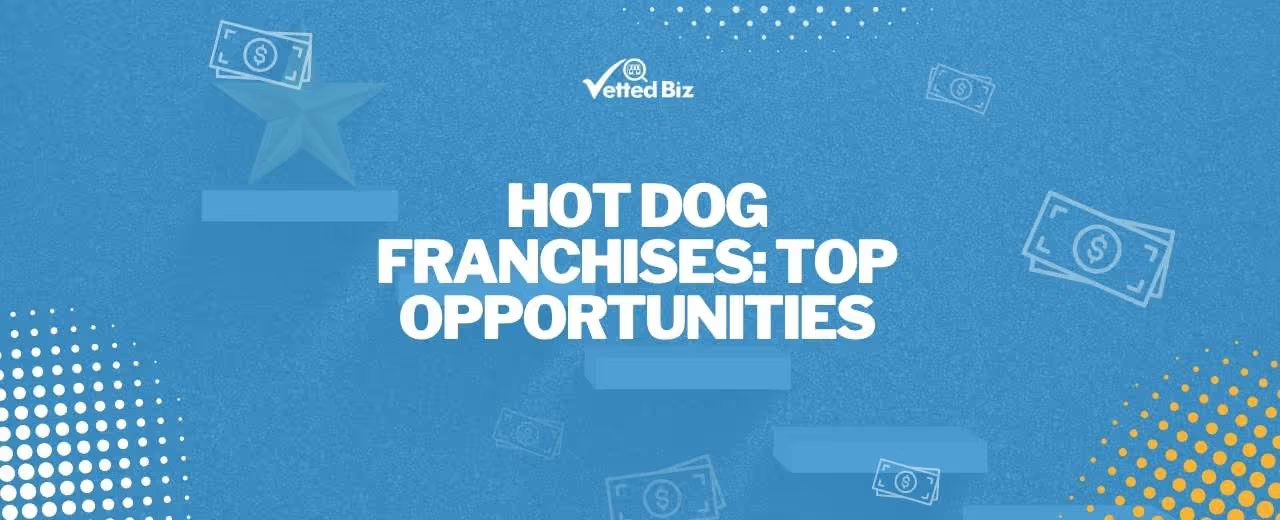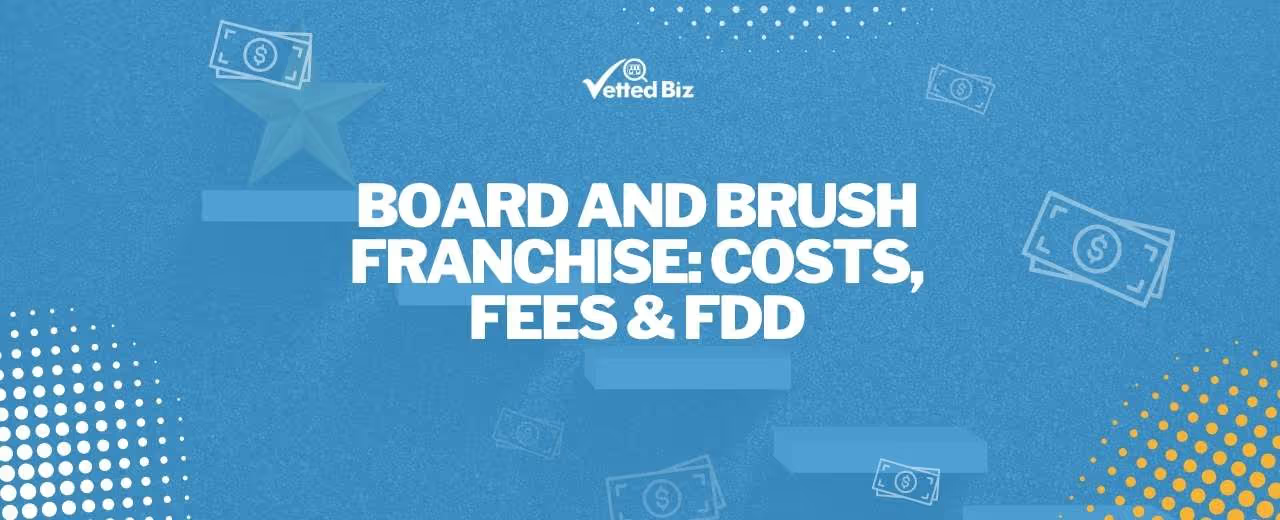Jack in the Box serves burgers, tacos, breakfast items, and other fast food with a diverse menu available all day. The franchise offers a wide variety of items including their signature Jumbo Jack burger, tacos, and innovative limited-time offerings in a quick-service restaurant format.

Key Insights
- Jack In The Box began with a simple roadside stand concept, growing into a prominent fast-food chain known for its unique drive-thru window and distinctive mascot. The business has evolved over decades, adapting its menu and store designs to meet changing consumer preferences in the quick-service restaurant sector.
- Operating primarily through a franchise model, Jack In The Box offers potential owners the opportunity to leverage a recognized brand name and established operational systems. The business provides support services to its franchisees, aiming for consistent brand experience across all locations.
- The franchise operates within the competitive fast-food industry, a segment characterized by high volume and constant innovation in menu offerings and service delivery. Consumer demand for convenience and value drives performance in this dynamic market.

Franchise Fee and Costs to Open
Exploring the financial picture of Jack In The Box gives insight into both the upfront commitment and the potential revenue opportunity. According to FDD Item 7, opening this franchise typically involves an investment in the range of $1,910,500 - $4,032,100, along with a franchise fee of $50,000 - $50,000.
Financial Performance and Revenue
Yearly gross sales of $1,928,638 and estimated earnings of $231,437 - $289,296 show the potential financial performance of this franchise. These figures are crucial for prospective franchisees as they help to project revenue and profitability. They offer insight into the business's ability to generate income and can be used to compare its performance against other investment opportunities. The Franchise Payback Period of 11.9-13.9 provides an estimation of the time it might take for an owner to recover their initial investment. This metric is a key consideration for anyone evaluating the financial viability of a franchise, as it relates directly to the speed at which the business can become profitable. A shorter payback period can indicate a faster return on capital, which is a significant factor in making an informed decision about a franchise investment.
Training and Resources
Jack In The Box provides comprehensive training for new franchisees. Initial training spans approximately 6-8 weeks and is conducted at their San Diego, California corporate headquarters. This program offers instruction on operational procedures and brand standards. Franchisees receive access to resources designed to support their launch and ongoing business management.
Legal Considerations
Legal considerations for a Jack In The Box franchisee are outlined in the Franchise Disclosure Document (FDD) and the Franchise Agreement. Note that this franchise discloses lawsuits and/or bankruptcy information in its FDD, which may impact your evaluation. Subscribe now to access more details and be sure to consult a qualified attorney before proceeding.
Challenges and Risks
A franchisee may encounter challenges related to intense local market competition, requiring differentiated marketing efforts. The operational complexity of managing a quick-service restaurant, including staffing and quality control, demands consistent attention. Furthermore, dependence on specific supply chains for core ingredients can impact product availability and cost. Navigating these areas requires strategic planning and resource allocation.



